
Anthony Heddings
Contributing since June, 2015
-
640articles
Page 24
About Anthony Heddings
Anthony Heddings is a tech writer and freelance React developer. He enjoys spending most of his time debugging JavaScript and yelling at his terminal.
Latest Articles
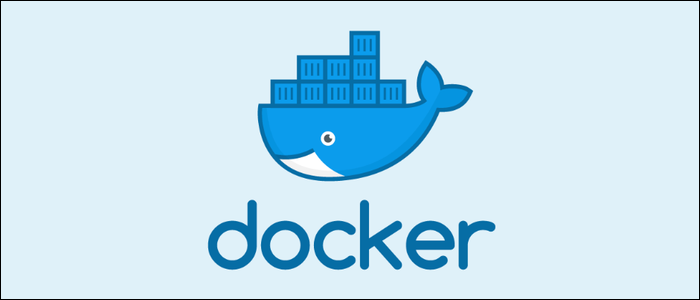
What Does Docker Do, and When Should You Use It?
Docker is a tool for running your applications inside containers.
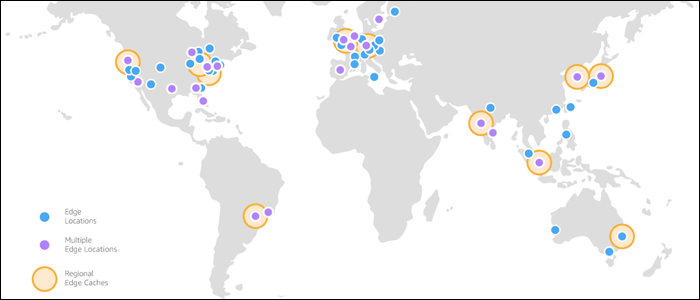
Getting Started With AWS's CloudFront CDN
A Content Delivery Network (CDN), is a network of servers around the world that cache your static assets, reducing the load on your primary web servers.

How to Set Up SSH for a Google Cloud Platform Instance
Google Cloud Platform is a competitor to AWS that makes running virtualized servers easy and cheap.
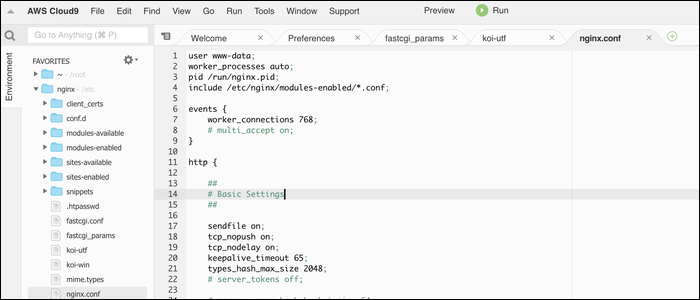
How to Install AWS's Cloud9 IDE on Your Existing Linux Server
Cloud9 is a web-based IDE that allows you to write and run code from anywhere, using just your browser.
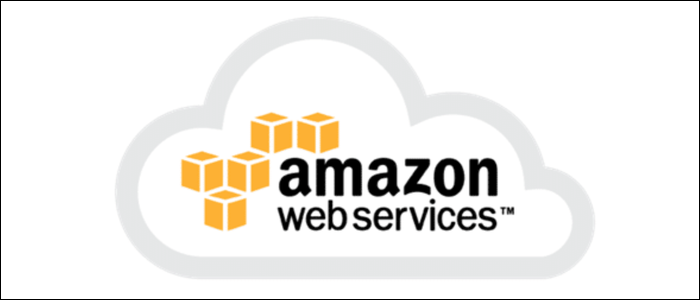
How to Install and Configure the AWS CLI
AWS provides an extensive CLI that provides access to every service they offer.

What's the Difference Between 301 and 302 Redirects?
If you've moved your content around, it's best to redirect old broken links to the working location.
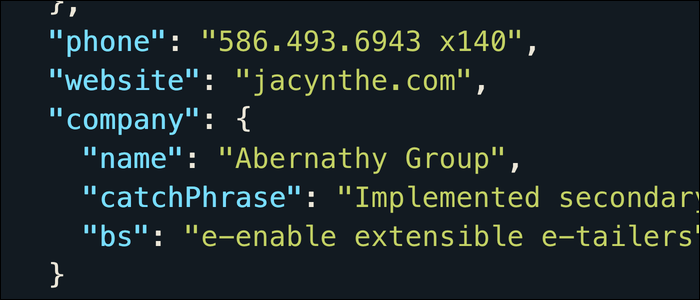
How to Work With JSON On the Command Line
Linux has no built in way to handle JSON properly, yet many APIs will return JSON output.
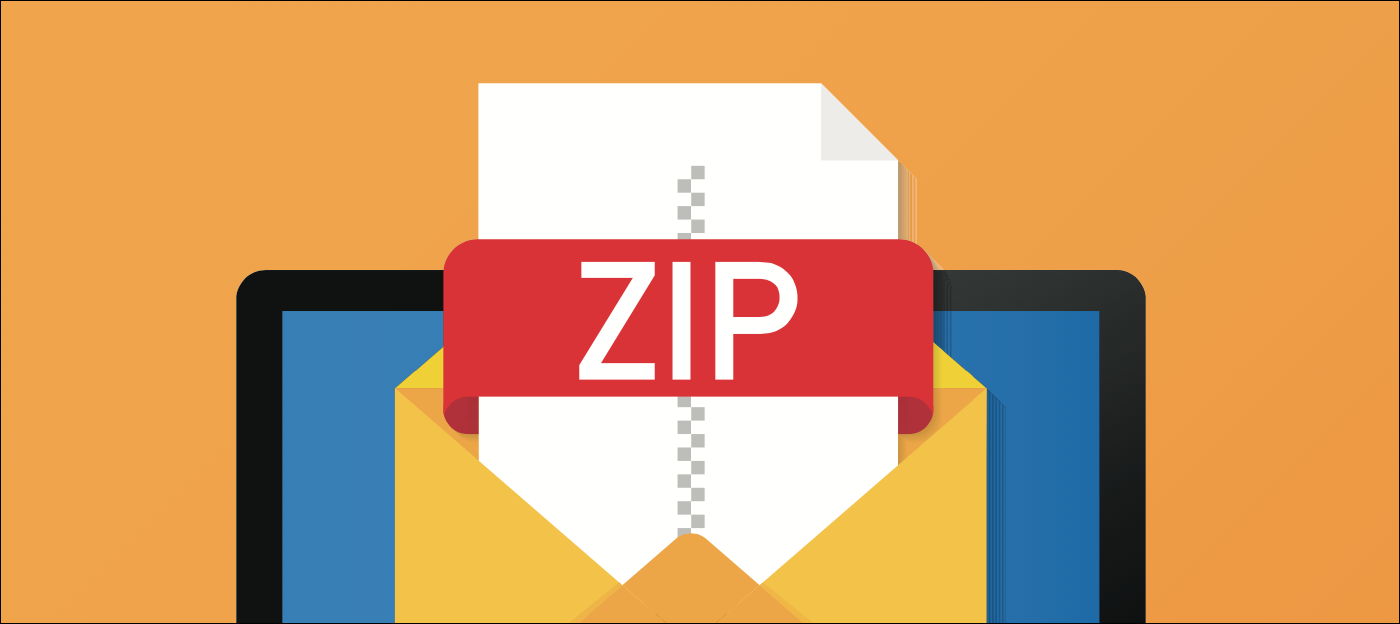
Reduce Your Website's Size With Gzip and Deflate Compression
Your website's speed is important, as a faster website will dramatically decrease your bounce rate.

How To Speed Up a Slow Website
People are lazier than you'd think---according to Google's research, 53% of mobile users will leave your site if it takes over three seconds to load.
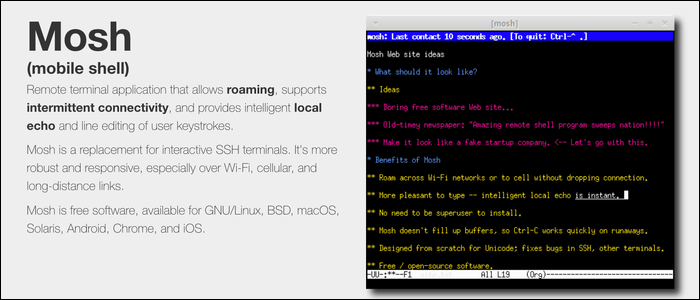
What Is the Mosh Shell and How Do You Use It?
Mosh, or "Mobile Shell," is designed to be a replacement for SSH, specifically for mobile devices or laptops on slow connections.

Which Type of RAID Should You Use For Your Servers?
RAID, or "Redundant Array of Inexpensive Disks," is the process of combining multiple hard drives or SSDs in parallel as one logical volume, making the array more resistant against drive failures.
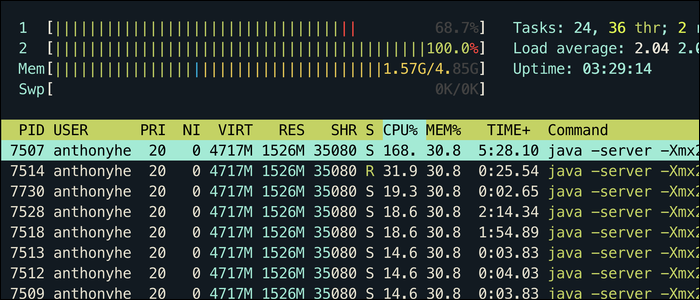
How to Monitor CPU Usage in Linux Over Time
The top utility displays current CPU usage for each running process, but what if you wanted to monitor this over time and display it on a graph? There are a few utilities for this if your cloud provider doesn't have one already.
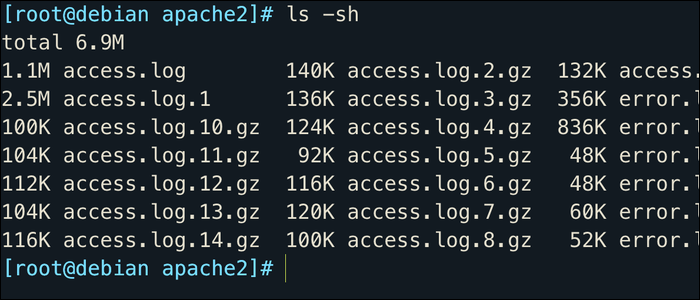
How to Setup Logrotate on Linux (to Keep Your Server from Running Out of Space)
Most services on Linux will generate log files, usually stored in /var/log/.

Getting Started with Monit for Server Monitoring
Monit is a server monitoring program that can check the processes running on your system to ensure that they're always online and operating within reasonable CPU and memory limits.

How Fast Are Your AWS EBS Volumes?
Disk speed is an important part of measuring a server's performance.
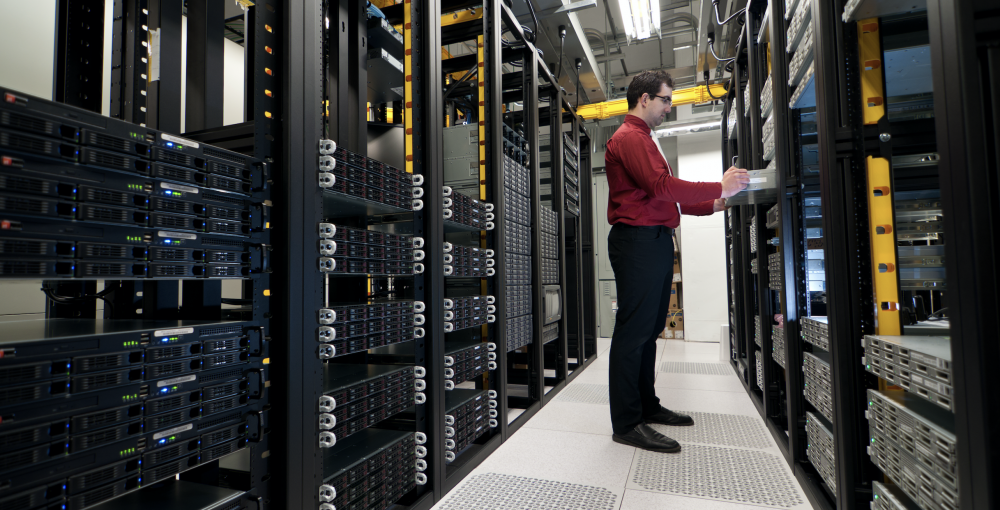
How to Test Your Linux Server's Disk and RAM Speed
If you're regularly writing or reading files, your disk speed can affect your server's performance.
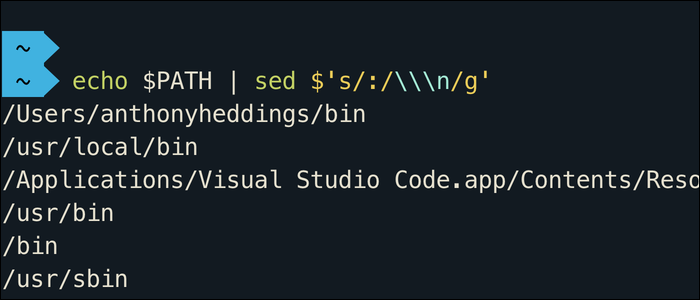
What Is the Unix PATH, and How Do You Add Programs To it?
The Unix PATH is an environment variable that tells the shell which directories it should look for when you issue commands.
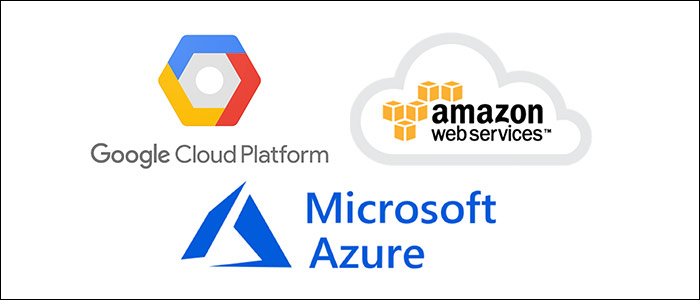
The Best Free VPS Providers For Running a Small Linux Box
Many cloud server providers operate at such large economies of scale that they'll give away small instances for free, simply to entice you to use their platform.
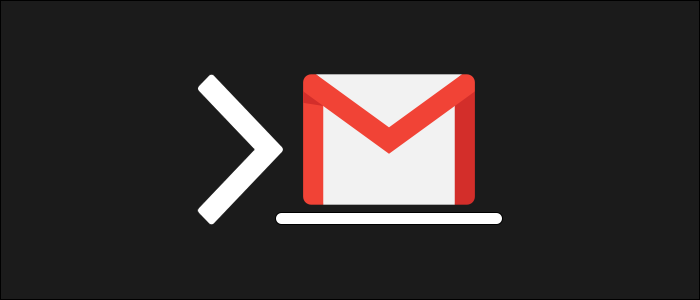
How to Set Up a Mail Agent for Command Line Email
Having your server send you emails is a simple way to get notifications from bash scripts, applications, and cron jobs.

What is a "vCPU," and How Much Performance Is It?
Cloud server providers will often advertise their instances as having a certain number of "vCPUs," short for virtual CPU.
